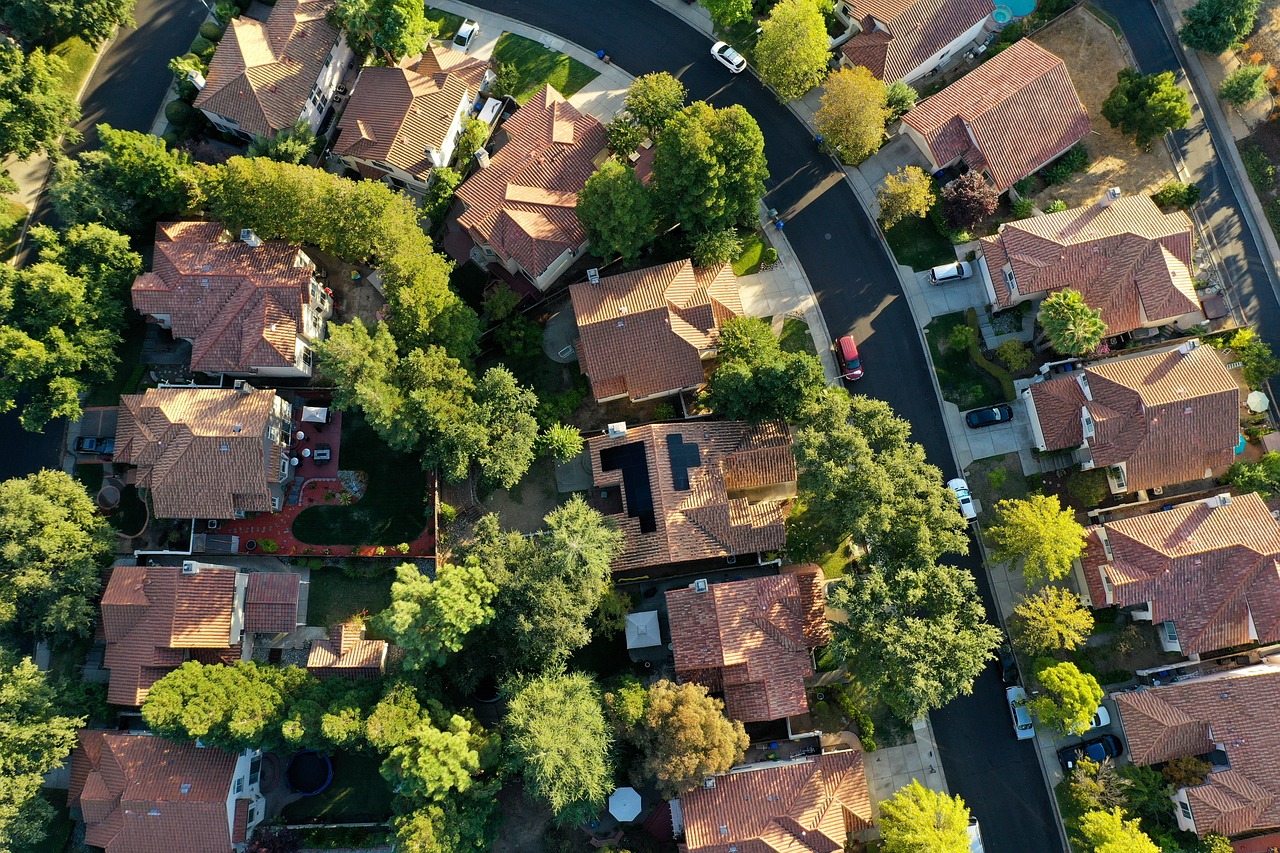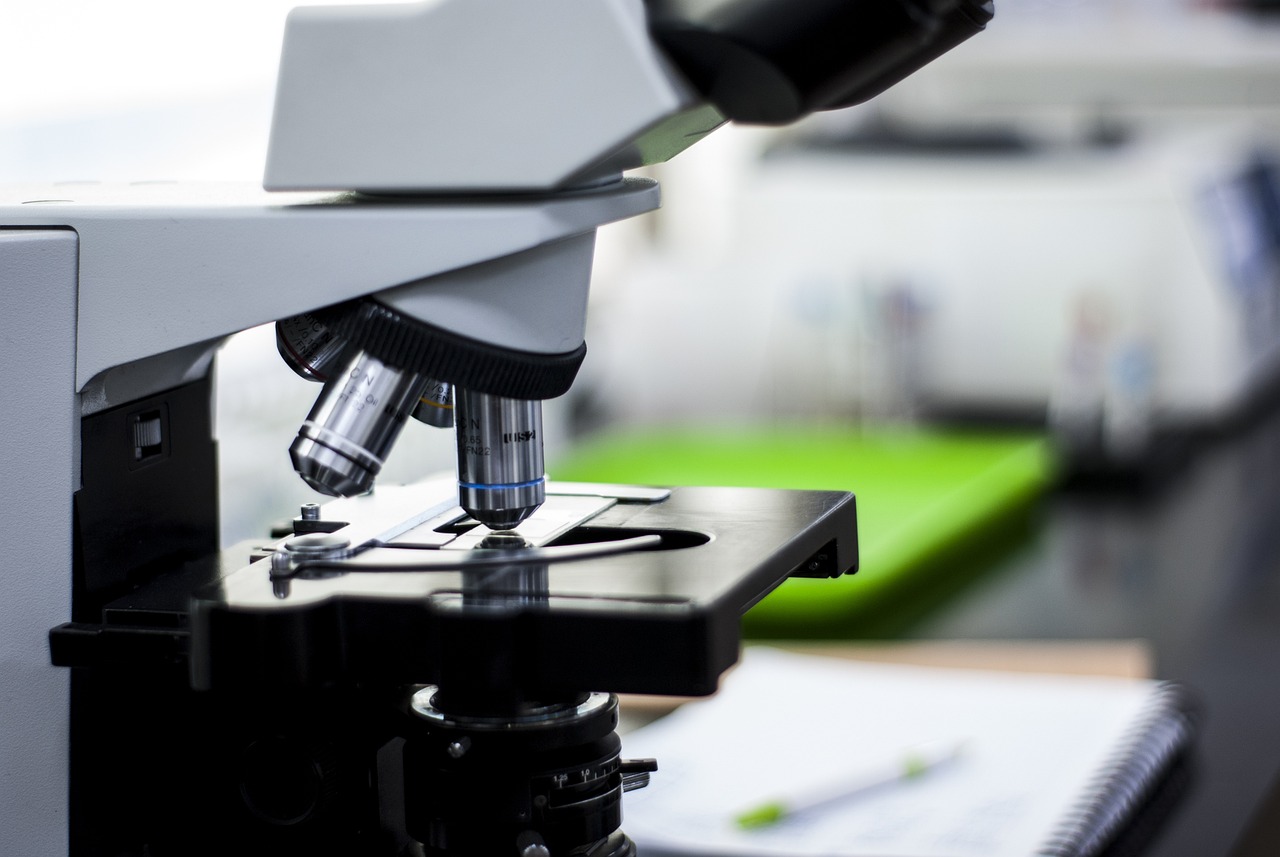SustainTech promotes a sustainable and circular approach to design, anticipating the analysis of the entire life cycle of buildings to reduce environmental impact. This commitment is driven by national provisions, European and international ones that aim to make construction a greener sector.
An International and European Commitment towards Circularity
Internationally, the UN encourages circular practices through the Sustainable Development Goals (SDG), which provide for the reduction of waste and the efficient use of resources by 2030 (source). In Europa, the European Commission's Green Deal and Action Plan for the Circular Economy are clear in their push towards a construction sector that embraces circularity and minimizes emissions (source).
The Italian push: Green Procurement e Normative UNI
In Italy, the transition towards sustainable practices is encouraged through regulations such as Green Procurement o Green Purchasing of the Public Administration (GPP), which provides criteria for the choice of materials and suppliers with low environmental impact (source). The new rules UNI on circularity provide guidelines and requirements for integrating sustainability into design and construction, ensuring greater traceability and recyclability of materials.
Minimum Environmental Criteria (CAM) in Construction
I CAM Construction they are a key element for the sustainability of the sector in Italy: establish minimum environmental requirements for public construction projects, promoting the use of recycled and sustainable materials. This provision is critical to SustainTech, as it allows us to align with public and private sustainability standards, ensuring a positive impact and compliant with environmental criteria.
A Circular Project for a Resilient Future
SustainTech integrates CAM requirements and UNI guidelines to maximize the use of recyclable materials, monitoring and managing the entire life cycle of structures with advanced technologies such as IoT. Thanks to these regulations and initiatives, we can design buildings that not only meet today's needs, but they anticipate those of tomorrow, reducing costs and resources.
Commitment to sustainability, both at a regulatory and operational level, is at the heart of our mission. Complying with these standards allows us to contribute to a built environment that respects the planet and ensures a higher quality of life for future generations.



